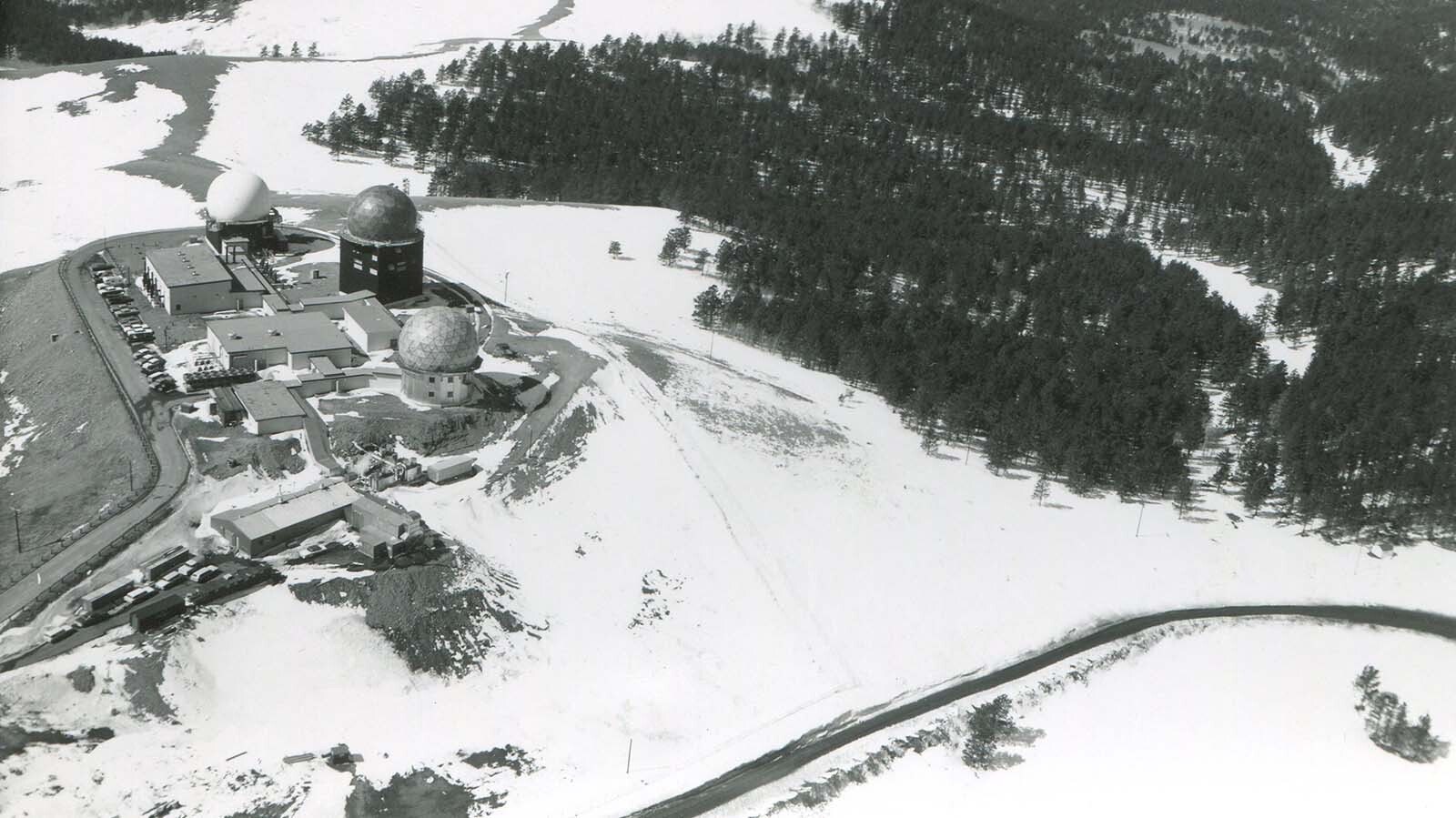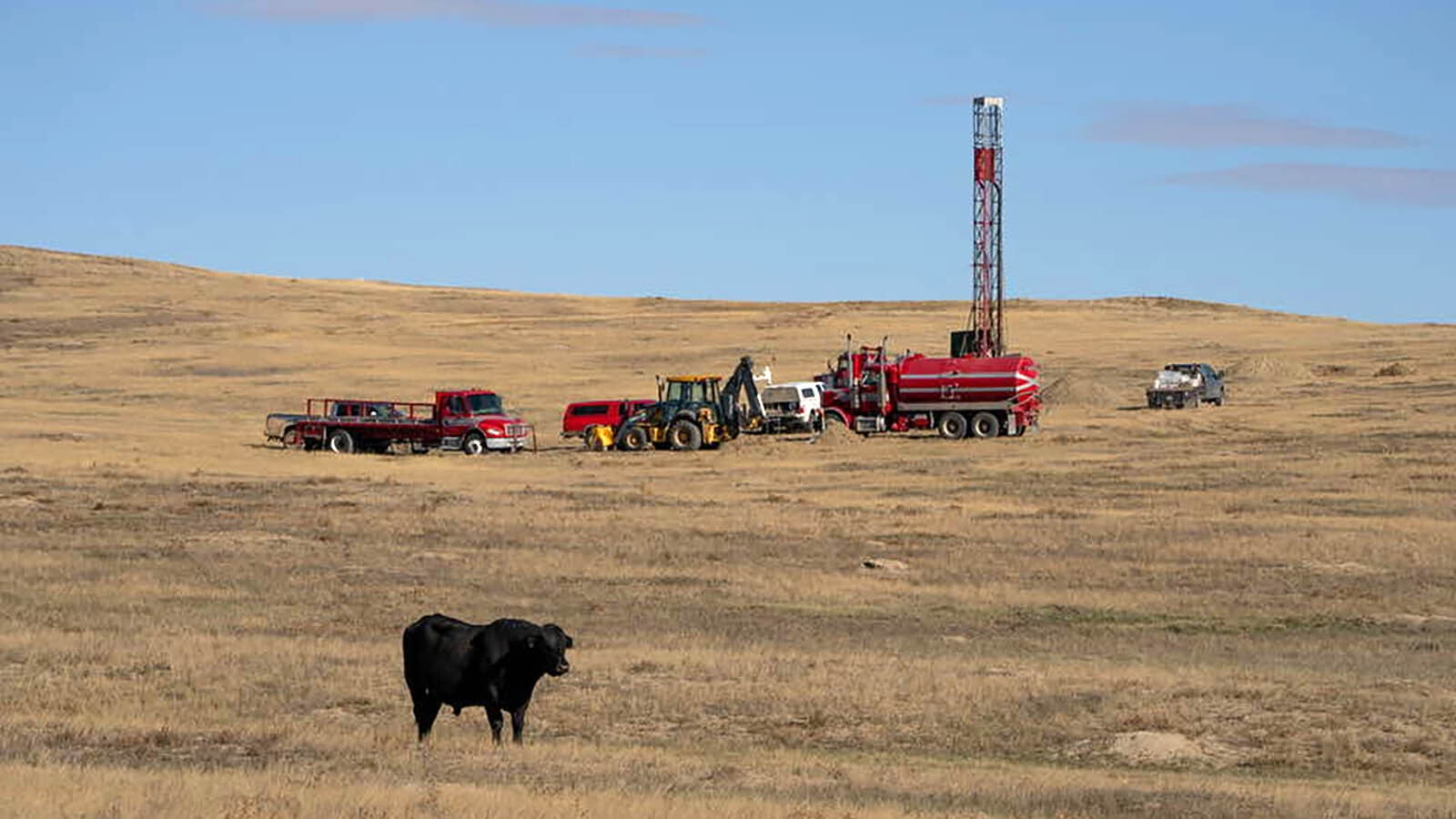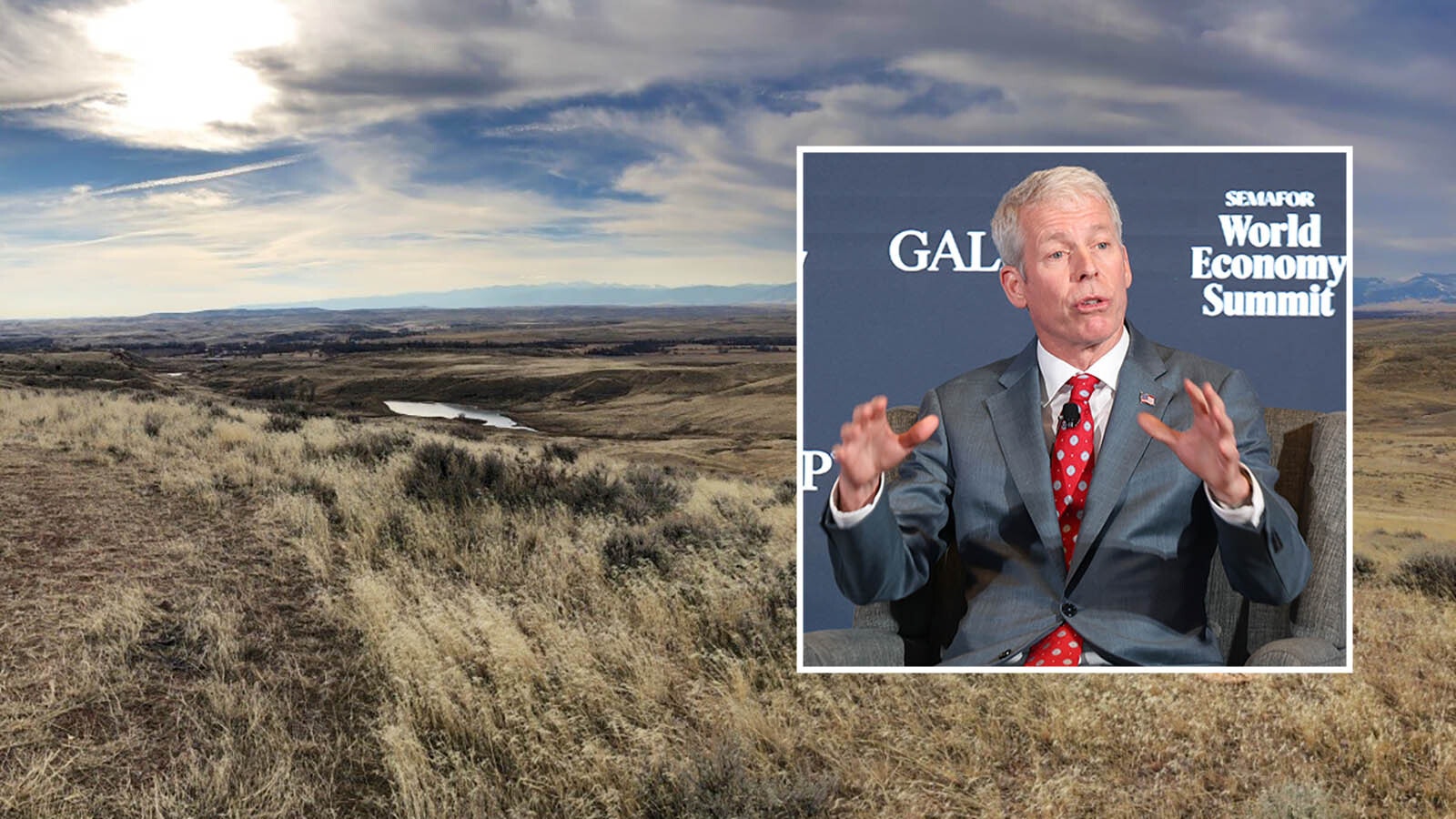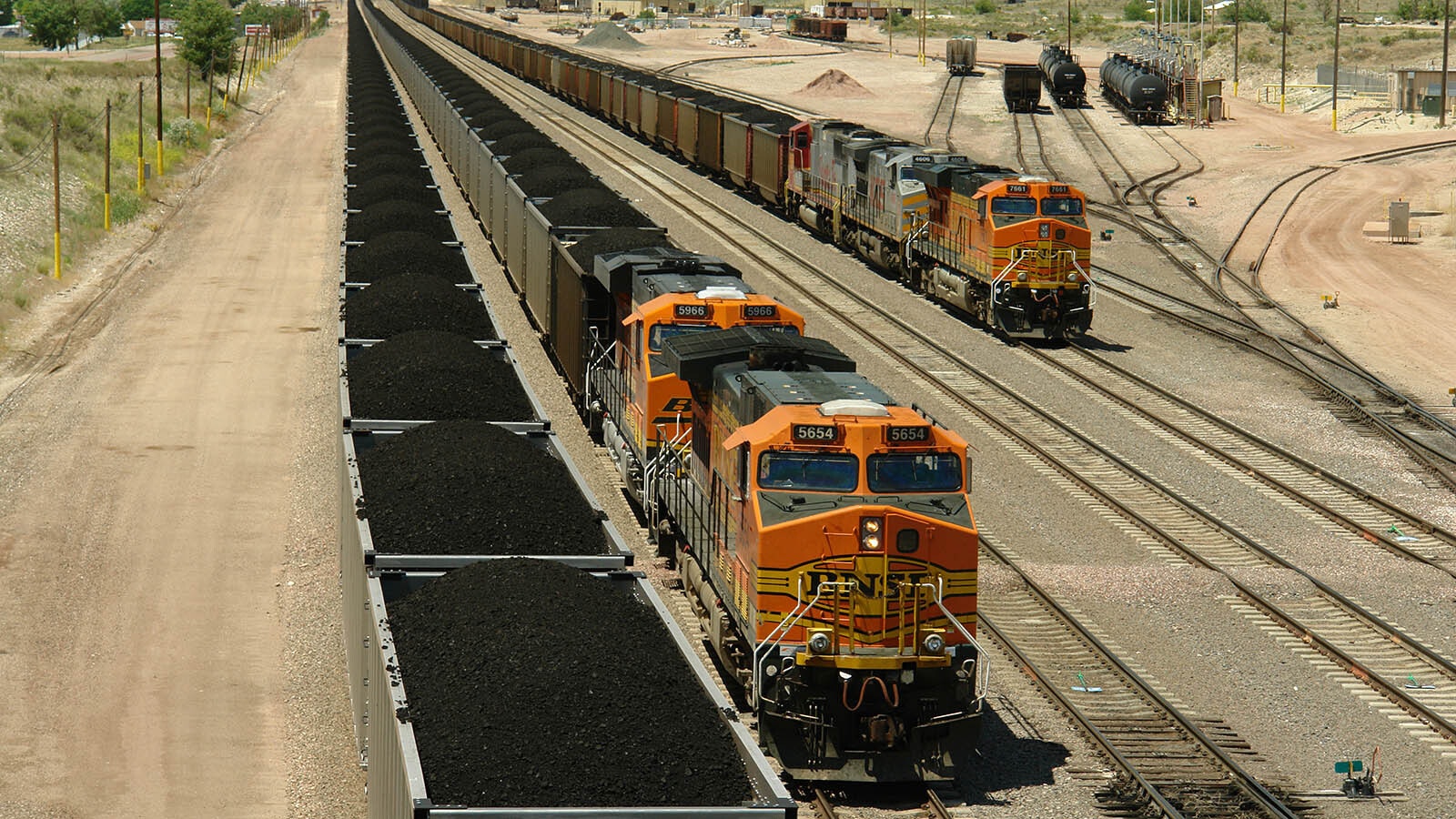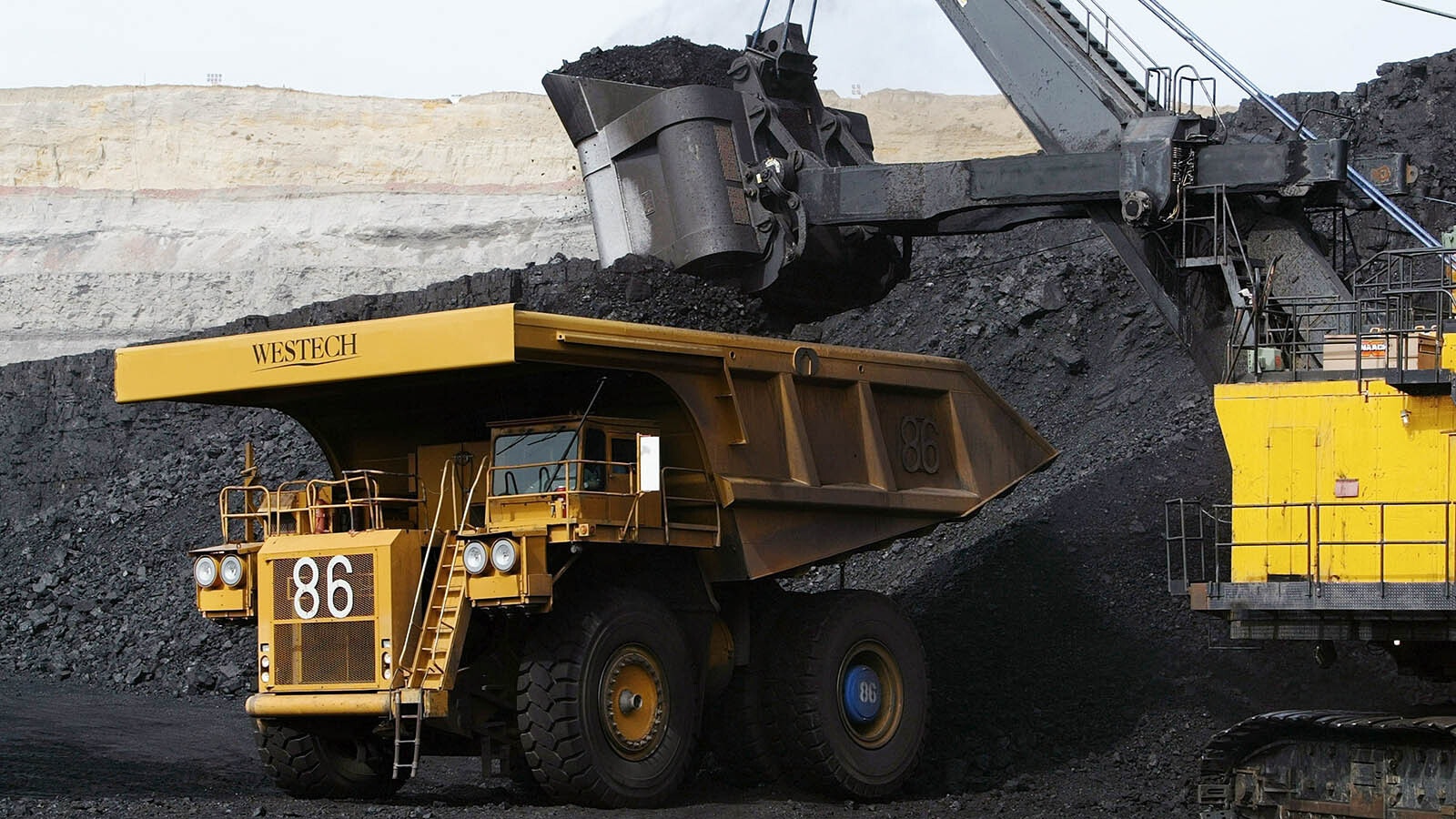A small modular reactor demonstration project in Kemmerer has people in Wyoming excited for a nuclear future, but the Cowboy State has a little-known nuclear past.
Wyoming was home to the first portable land-based nuclear power plant in the United States from 1962-1968, which was transported by air and built near Sundance. It provided 1.25 megawatts of power for three large radar domes at the now-defunct Sundance Air Force Station, which helped keep America safe from Communism.
“It was during the Cold War, so they watched for missiles,” Rocky Courchaine, director of the Crook County Museum, told Cowboy State Daily.
Shipping Containers
The museum maintains an exhibit on the historic site of the first experimental nuclear reactor in the U.S.
The reactor, known as PM-1, was part of the Army Nuclear Power Program. The idea was to have small reactors that could be deployed at remote sites that needed heat and electricity.
The program developed a number of different small reactor designs, which were deployed at various remote locations, including Antarctica and Alaska.
The location of the Wyoming reactor is remote today, but in 1962 when the reactor went online, it was largely wilderness.
And in the early 1960s, “portable” wasn’t exactly a briefcase or backpack.
The reactor was assembled from 16 packages the size of shipping containers. They weighed about 30,000 pounds each.
These containers were flown in by C-130 aircraft to Ellsworth Air Force Base in South Dakota. From there, they were trucked to the Sundance Air Force Station about 10 miles north of Sundance on Warren Peak.
The station was part of the Air Defense Command and fed radar data to the Minot Air Force Base in North Dakota.
It was the era of the Cold War, and America was watching the Soviets closely.
The radar installation on Warren Peak provided data that could be analyzed to determine if missiles were heading for America, or if detected planes were friendly or commies.

Reactor Assembly
Four of those containers were packed with miscellaneous equipment, so the main power facility was in the remaining 12.
One of those 12 was the radioactive waste disposal tank. One package had the control room, which allowed a single operator to run the plant. Another container had the generator, which ran off of steam created by the heat off the reactor.
The reactor core was made up of 741 nuclear fuel tubes. The tubes were a mixture of steel and Uranium 235 with an enrichment of 93%.
For comparison, the advanced reactors being developed today, like the one at the Kemmerer facility, will use High-Assay Low-Enriched Uranium, which is enriched to between 5% and 20%.
The reaction was controlled with six control rods. These kept the reactor from having a meltdown, or slowed or stopped the reaction as needed.
The reaction was also moderated with pressurized water. This same water transferred heat to the steam generator. The steam also provided heat for the facility.
No Trespassing
Courchaine said very little of the site remains today. There are some cement pads that the reactor sat on, and a chain link fence complete with “no trespassing signs,” surrounds the site today.
“The little village they built below the reactor is now a housing subdivision we call Vista West,” Courchaine said.
He said Air Force personnel come out to check the site every year. The nuclear waste tanks were filled with concrete, and those remain buried at the site. Courchaine said the tests have never shown any dangerous levels of radiation leaking out of the site.
“They say there is more radiation coming out of the peak itself naturally than off the site itself,” he said.

